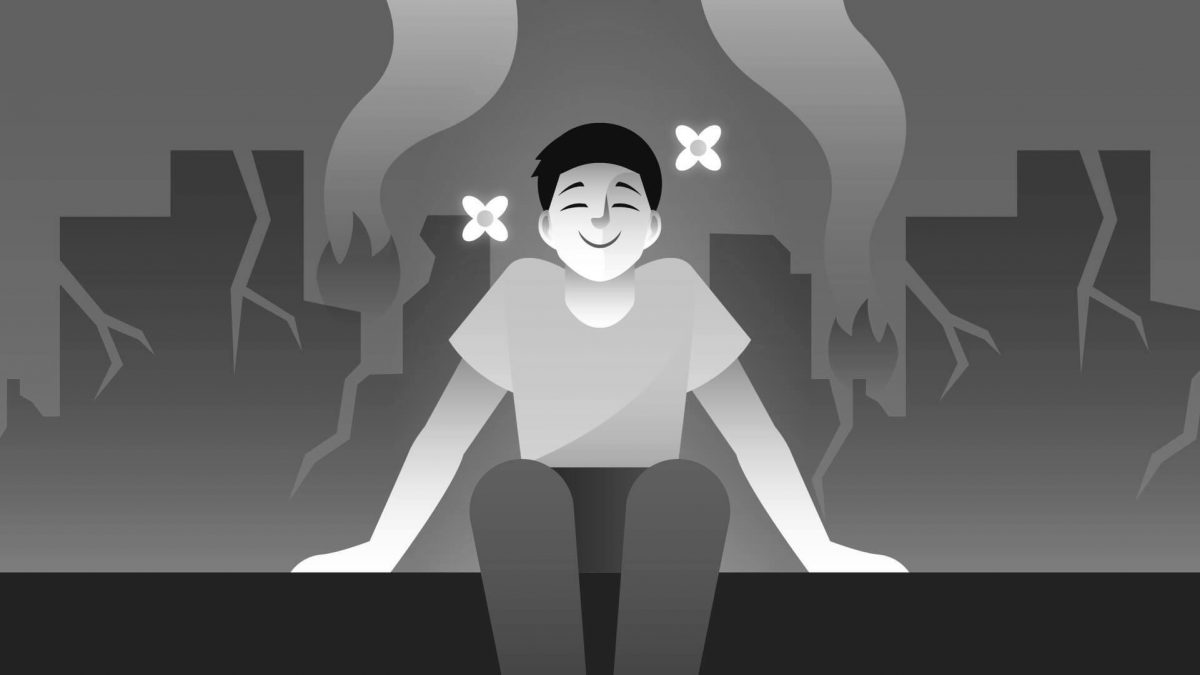Introduction
In the realm of decision-making, our minds are prone to numerous cognitive biases that can distort our perception of reality. One such cognitive bias is the concept of positive illusions. Positive illusions refer to a set of self-enhancing beliefs and biases that lead individuals to perceive themselves, their abilities, and their future prospects in a more positive light than objective evidence may suggest. This mental model plays a significant role in shaping our thoughts, actions, and choices, often leading to irrational decision-making. By understanding the psychological underpinnings of positive illusions and their prevalence in our daily lives, we can navigate this mental trap more effectively and make decisions based on a more objective assessment of reality.
The Anchoring of Positive Illusions in Human Psychology
Positive illusions are deeply anchored in human psychology, with roots in evolutionary processes and self-preservation instincts. They provide individuals with a sense of confidence, optimism, and motivation, which can boost self-esteem and overall well-being. As a result, positive illusions have become a prevalent cognitive bias in our day-to-day lives, shaping our thoughts and influencing our decisions across various contexts.
Examples of Positive Illusions in Decision-Making
- Personal Life Decisions: Imagine an individual who dreams of becoming a professional musician despite limited musical talent. Despite receiving feedback indicating a lack of skill, this person maintains an unwavering belief in their musical abilities. They may continue to invest time, effort, and resources in pursuing a career as a musician, neglecting other potentially more realistic and fulfilling opportunities.
- Business Scenarios: Positive illusions can also manifest in business scenarios. For instance, a startup founder may possess an overly optimistic view of their product’s potential success. Despite market research indicating a lack of demand or fierce competition, they persist in believing that their idea will revolutionize the industry. This unwarranted confidence can lead to poor resource allocation, an inability to adapt to market realities, and ultimately, business failure.
- Public Policy-Making: Even policymakers and government officials can succumb to positive illusions. When formulating policies, they may hold exaggerated beliefs about the effectiveness of certain interventions or underestimate the complexity of social problems. This can lead to the implementation of well-intentioned but ineffective policies that fail to address the underlying issues adequately.
The Role of Mental Biases in Positive Illusions
Several mental biases contribute to the development and reinforcement of positive illusions:
- Confirmation Bias: This bias leads individuals to seek out information that confirms their existing beliefs and to ignore or dismiss contradictory evidence. In the context of positive illusions, people may actively seek validation for their inflated self-perceptions while disregarding any feedback that challenges them.
- Optimism Bias: Optimism bias causes individuals to overestimate the likelihood of positive outcomes while underestimating the probability of negative ones. This bias reinforces positive illusions by fueling an unrealistic expectation of success, leading to risky decision-making.
- Illusory Superiority: Also known as the Dunning-Kruger effect, this bias causes people to overestimate their abilities and knowledge relative to others. It contributes to the development of positive illusions by creating an inflated sense of competence and confidence.
Psychological Underpinnings and Interplay
Positive illusions can also be explained by psychological phenomena such as self-serving bias, which allows individuals to protect their self-esteem and maintain a positive self-image. Additionally, the desire for control and a need to avoid cognitive dissonance can drive individuals to embrace positive illusions as a means of reducing anxiety and maintaining psychological well-being.
Identifying and Overcoming Positive Illusions
To avoid succumbing to positive illusions, it is crucial to cultivate self-awareness and adopt more objective decision-making strategies:
- Seek Disconfirming Evidence: Actively seek out information that challenges your existing beliefs and perceptions. Consider multiple perspectives and weigh contradictory evidence to gain a more balanced understanding of the situation.
- Encourage Feedback: Surround yourself with individuals who provide honest and constructive feedback. Be open to criticism and view it as an opportunity for growth and self-improvement.
- Embrace Realistic Optimism: Balance optimism with a healthy dose of realism. Acknowledge potential risks and setbacks while focusing on achievable goals and tangible steps to success.
- Consider Alternatives: Engage in scenario planning and explore alternative paths or options. This practice encourages flexibility, adaptability, and a willingness to adjust course when necessary.
Conclusion
Positive illusions are a common mental trap that can hinder effective decision-making. By understanding their psychological roots and prevalence in our lives, we can develop strategies to identify and avoid falling into this cognitive bias. By seeking objective information, embracing realistic optimism, and remaining open to feedback, we can navigate our decision-making processes with greater clarity and make choices that align with our best interests. Awareness of positive illusions is a powerful tool that empowers individuals to approach decision-making from a place of objectivity and rationality, ultimately leading to better outcomes and personal growth.
